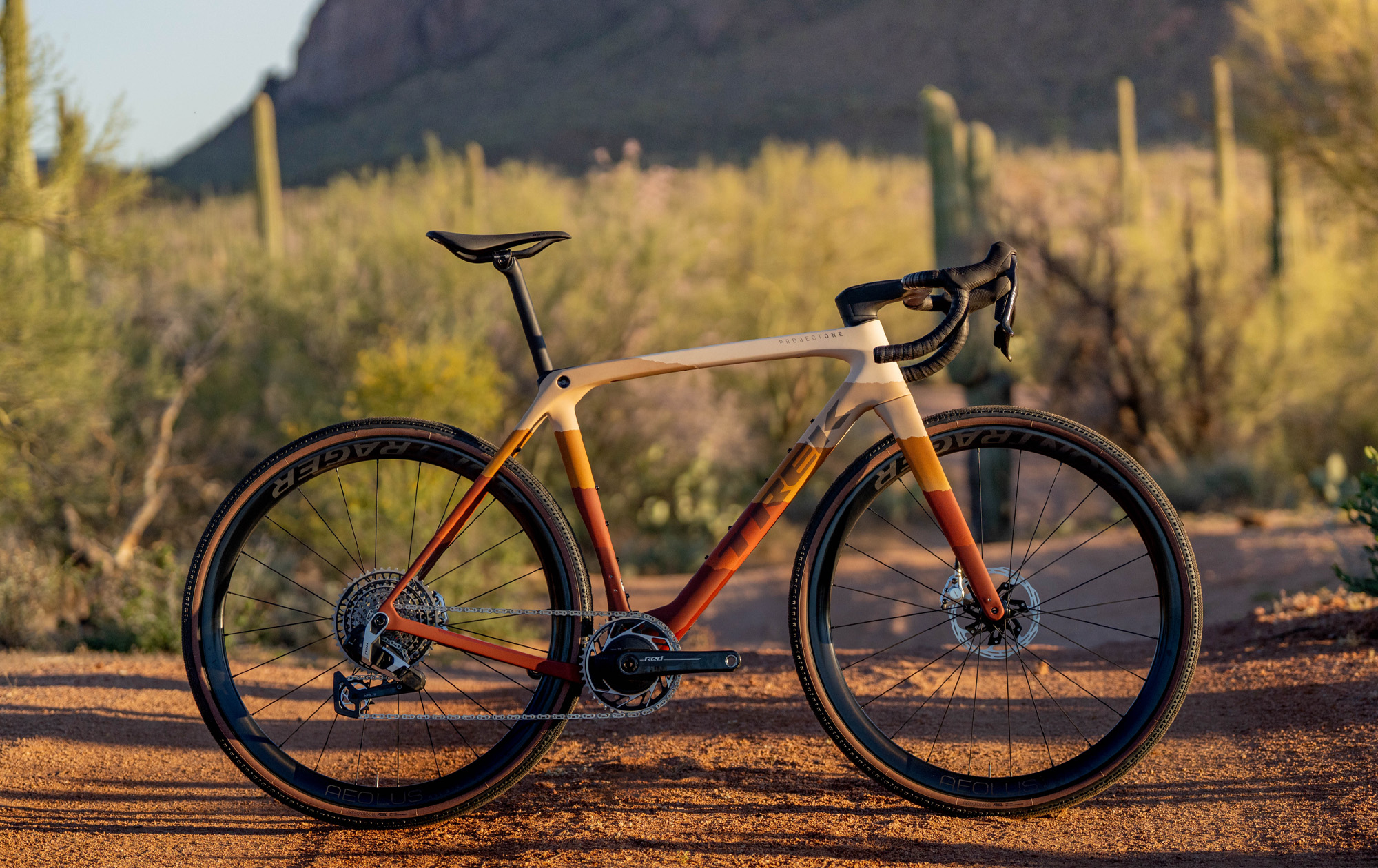Trek has today unveiled two new gravel bikes, one an entirely new gravel racing platform and the other an update to the Checkpoint, bringing it closer to the adventure gravel space.
The Checkmate SLR is Trek’s first dedicated gravel race bike and a bike the American brand claims is the lightest and fastest gravel bike it has ever produced. On the other end of the gravel spectrum, the new Checkpoint SL Gen 3 retains Trek’s previous gravel nomenclature but differs from the Gen 2 Checkpoint with more tyre clearance, storage capacity, and a new geometry.
While Trek has been rolling back use of its IsoSpeed ride-cushioning feature on its road-going bikes, both the new gravel offerings include a non-adjustable version of the tech. The new bikes also get mounts for Trek’s new Adventure Bag range, which includes a top tube, frame, and “aero-efficient” triangle bag, plus hidden fender mounts.
We are expecting a Checkmate SLR to arrive any day now for an in-depth review sometime in the future. In the meantime, this is an FYI / here’s what’s new just bringing you up to date on what Trek announced today.
Checkmate SLR – gravel racer
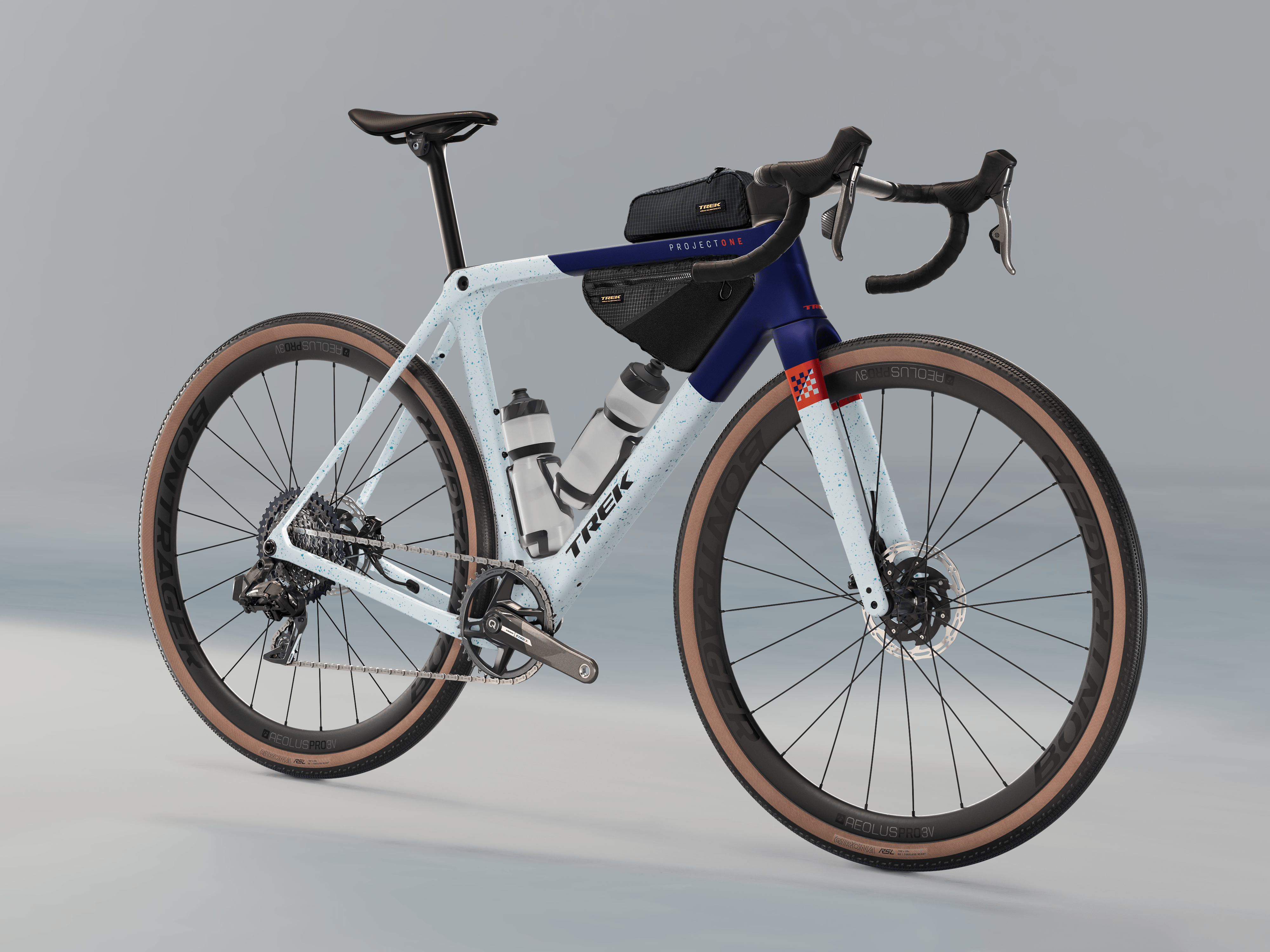
Trek says the Checkmate SLR is its lightest and fastest ever gravel bike. This weight reduction comes thanks to the use of Trek’s OCLV 800 series carbon, premium components, and a “new lightweight tube shape technology” Trek claims drops “a whole pound” off the previous Checkpoint SLR model. There’s also space for 45 mm tyres, same as the previous Checkpoint SLR, and bikes will be delivered stock with 38 mm rubber.
The claimed speed, or more specifically, the aero gains, come from the introduction of the same “Full System Foil” aero tube shapes and one-piece bar/tem used on the latest Madone Gen 8 unveiled on the eve of the Tour de France. Those relatively narrow and flared bars put the hoods 3 cm narrower than the drops and, aong with a new “gravel race geometry,” should also combine to enable riders to adopt a more aerodynamic position. That will, of course, produce bigger aero gains than any frame tube alone could ever dream of.
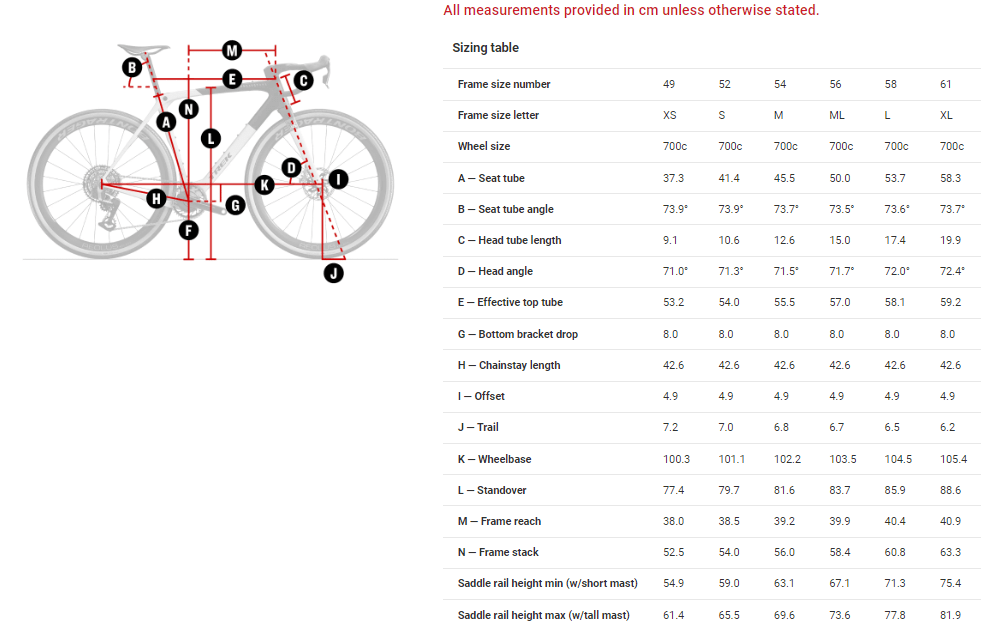
Together, Trek claims that these updates and aero interventions help make the Checkmate almost six minutes quicker than the Unbound course for a rider who is doing 200 watts.
Unsurprisingly, Trek has stuck with the T47 threaded bottom bracket for its new frame, a UDH rear hanger, and full internal hose routing.
The Checkmate is available in either SLR 7 or SLR 9 builds, six sizes from XS to XL, and four colourways: Gloss Trek Black/Matte Carbon Smoke, Matte Hex Blue/Plasma Grey Pearl, Era White/Buff Beige, Olive Drab/Glowstick.
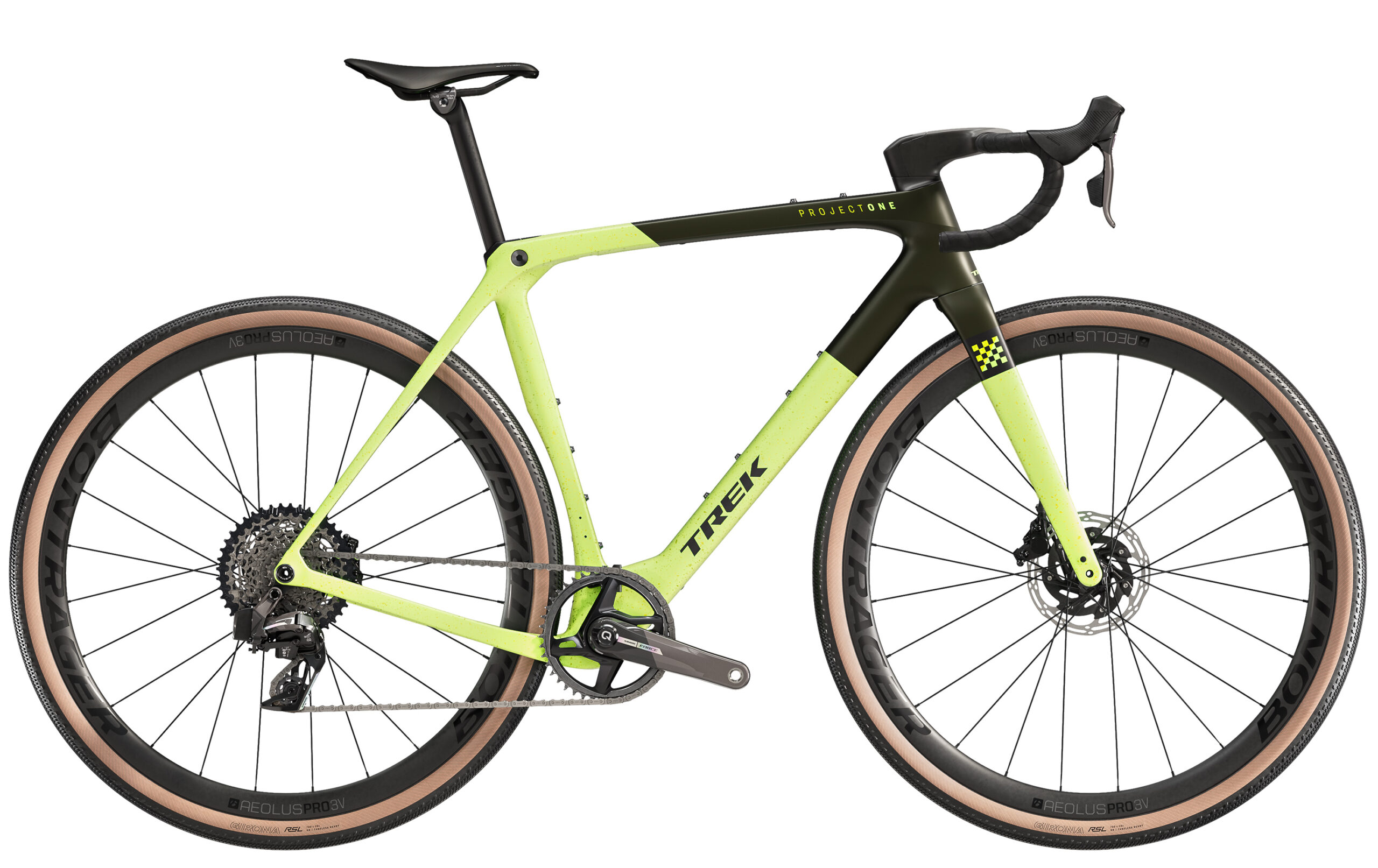
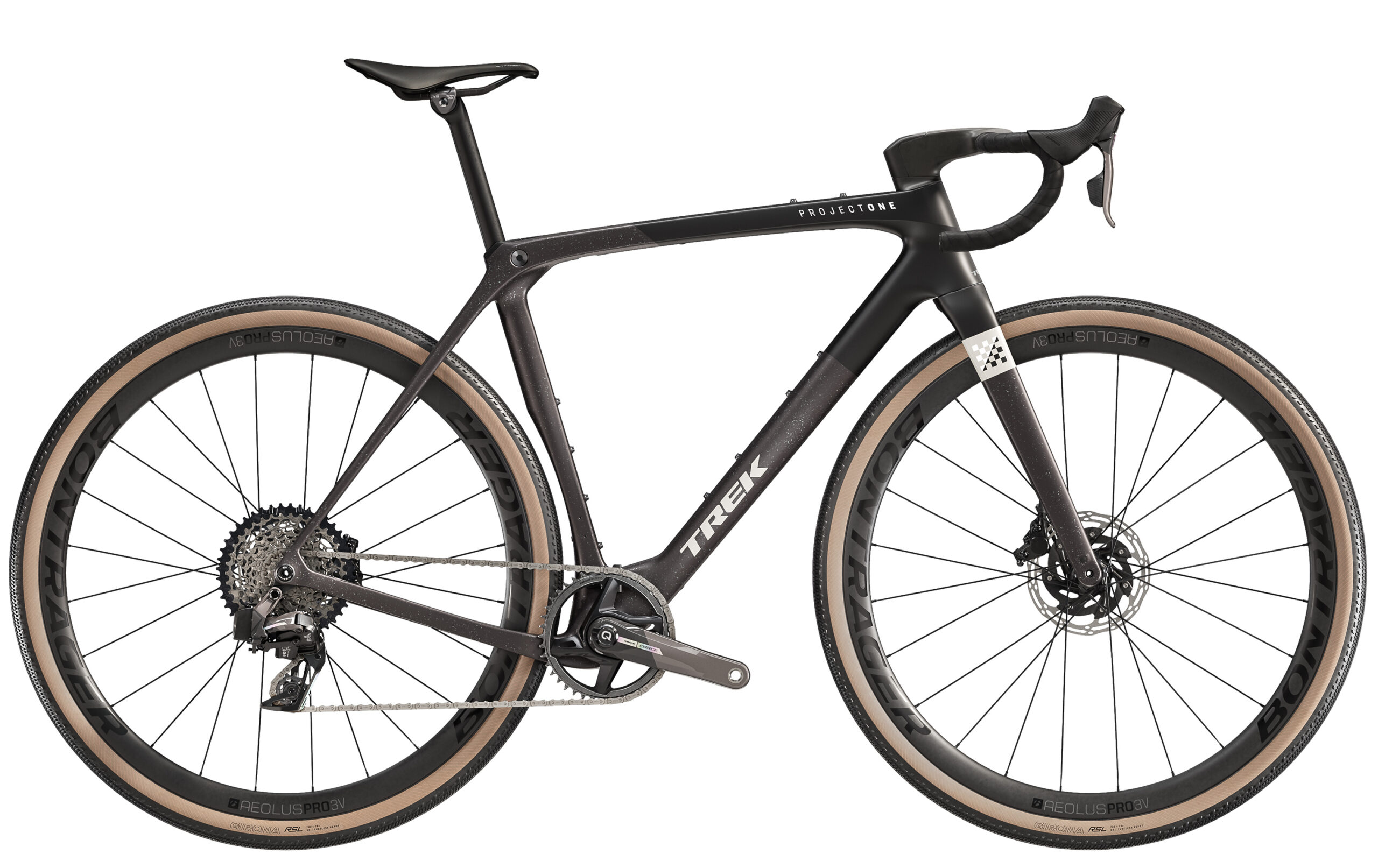
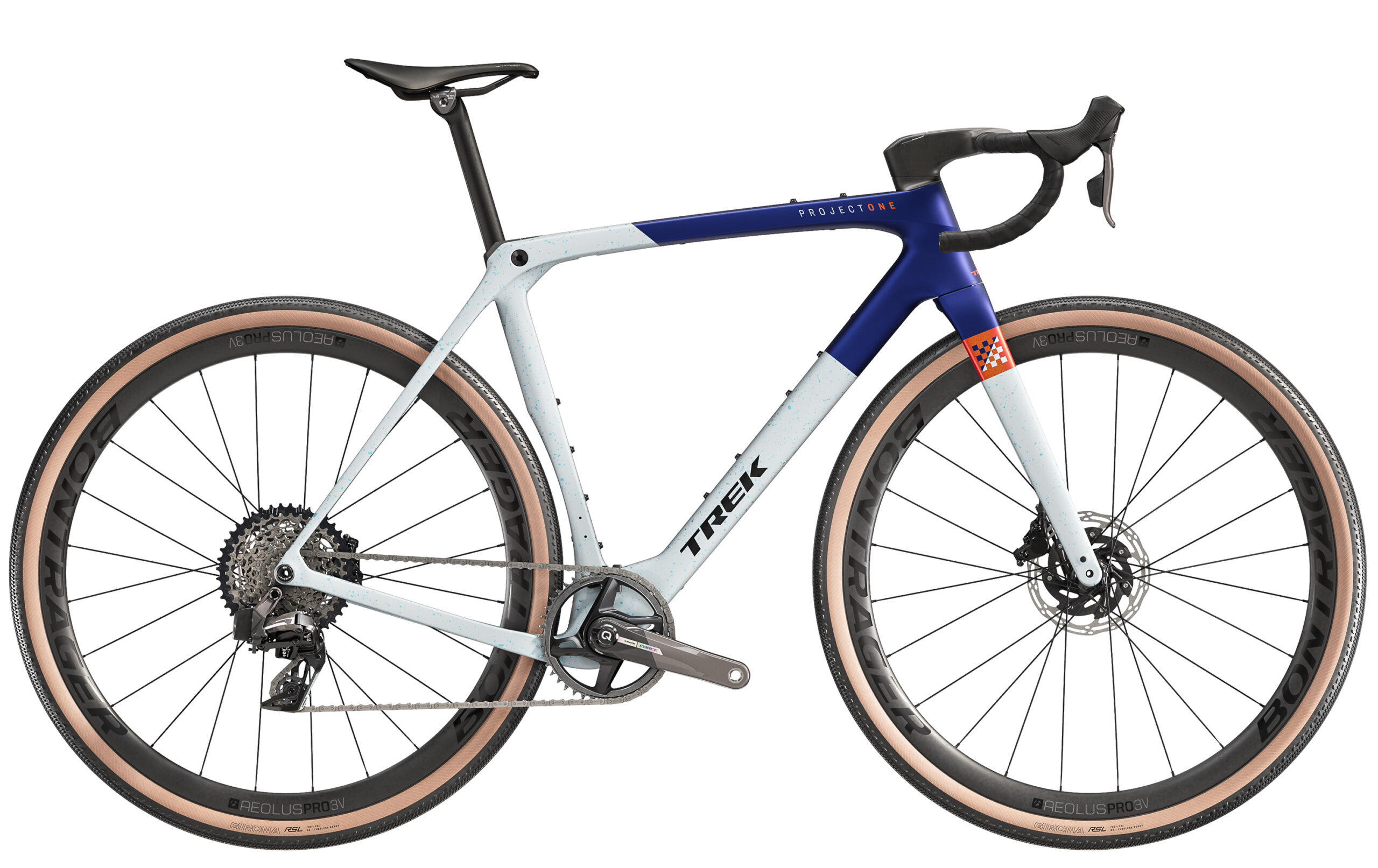

The SLR 7 builds feature SRAM’s Force AXS groupset with power meter, while Bontrager provide the saddle, tyres, and Aeolus Pro 3V carbon gravel wheels. The SLR 7 is priced at US$ 8,300 / €9000 / £8,500. Claimed weight for the SLR 7 build with sealant is 8.10 kg / 17.86 lbs.




The SLR 9 gets SRAM’s new Red XLPR AXS groupset, again with a power meter included, and Bontrager’s new Aeolus RSL 37V wheelset. It will set you back US$12,000 / €11,000 / £10,000. Claimed weight for the SLR 9 is 7.55 kg / 16.65 lbs.
Trek will also offer the new Checkmate SLR in a frame-only option in the US priced at US$4,000. Claimed weight on the frame is 1,146g (size ML) painted with IsoSpeed hardware, while the fork is said to be 415 grams.
A new adventure
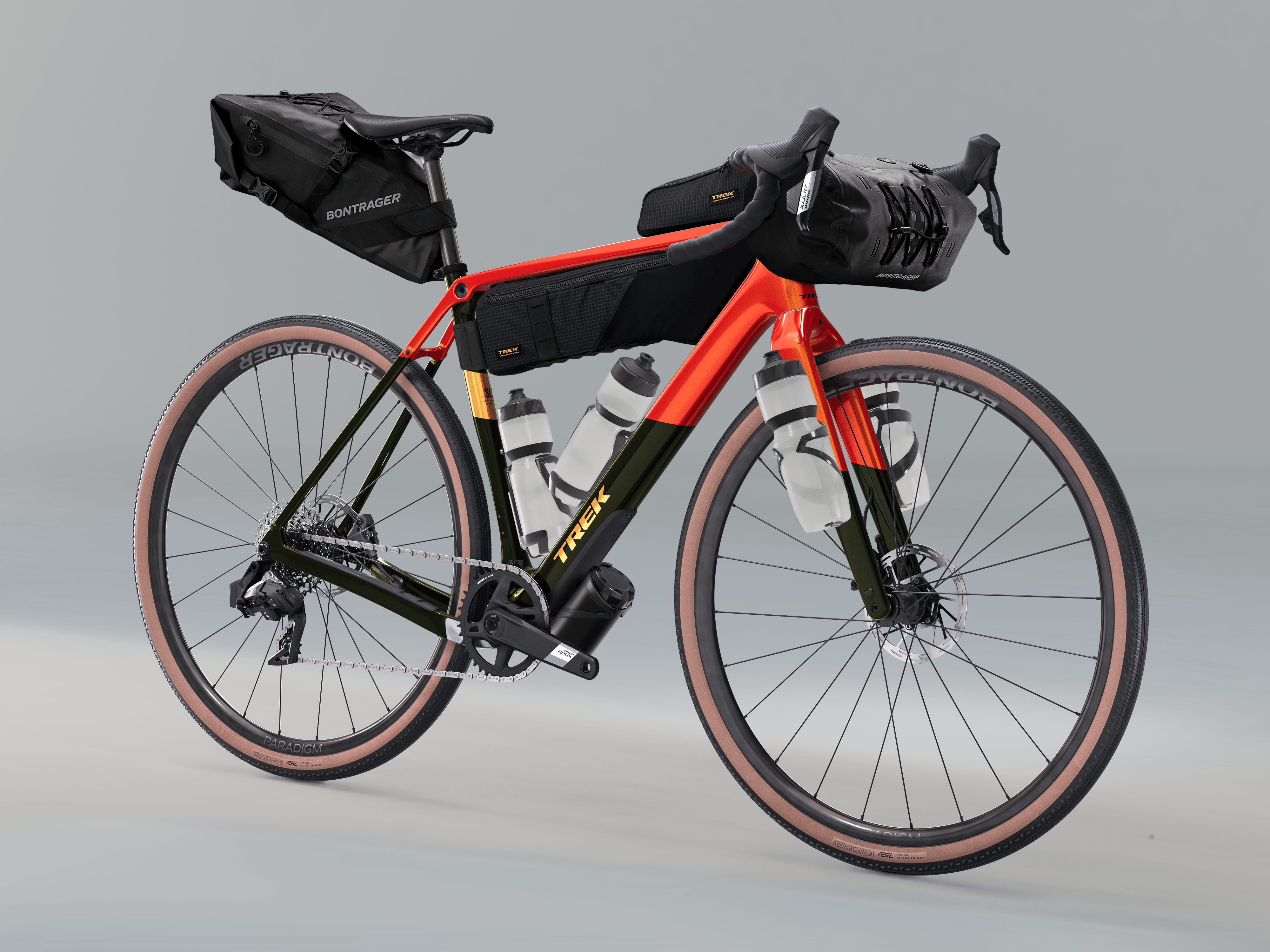
As for the Checkpoint SL Gen 3, it retains the Checkpoint name from the platform Trek’s gravel riders have raced until now, but with the Checkmate now taking care of business on the competitive end, designers have focused on adventure-ability (that’s my new word) in making the new Checkpoint.
The new Checkpoint also looks different, having been treated to new tube shapes, and features Trek’s less expensive 500 series OCLV carbon. Chiefly among the tube shape updates, Trek points to the option now of carrying larger-capacity bottles with frame bags and internal storage for those less frequently used items. There are of course mounts for top tube and frame bags along with fork storage options and front and rear rack mounts.
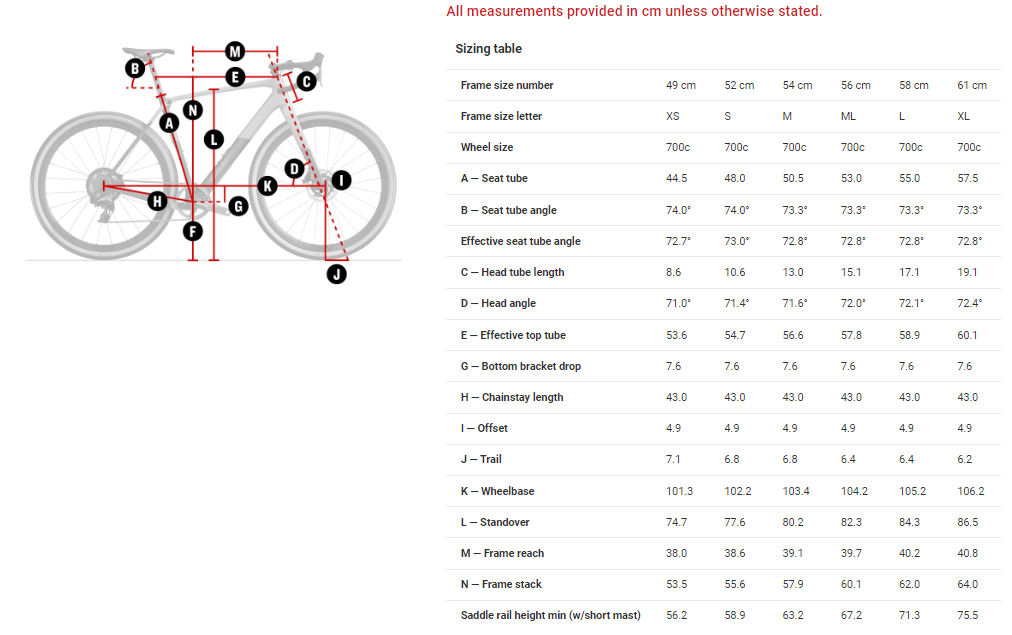
Less noticeable but arguably more important, the Checkpoint features what Trek calls its “new Gravel Endurance” geometry. As you might have already guessed, it features a taller stack and shorter reach for a less aggressive position (notably, even the new Checkmate has a shorter reach than the old Checkpoint). The new Checkpoint also gets a two-piece bar and stem (either the GR Elite on SL5 and 6, or the carbon GR Pro on SL7 models) which not only share shallower drops but also wider flare with 6 cm difference between the width at the hoods and in the drops.
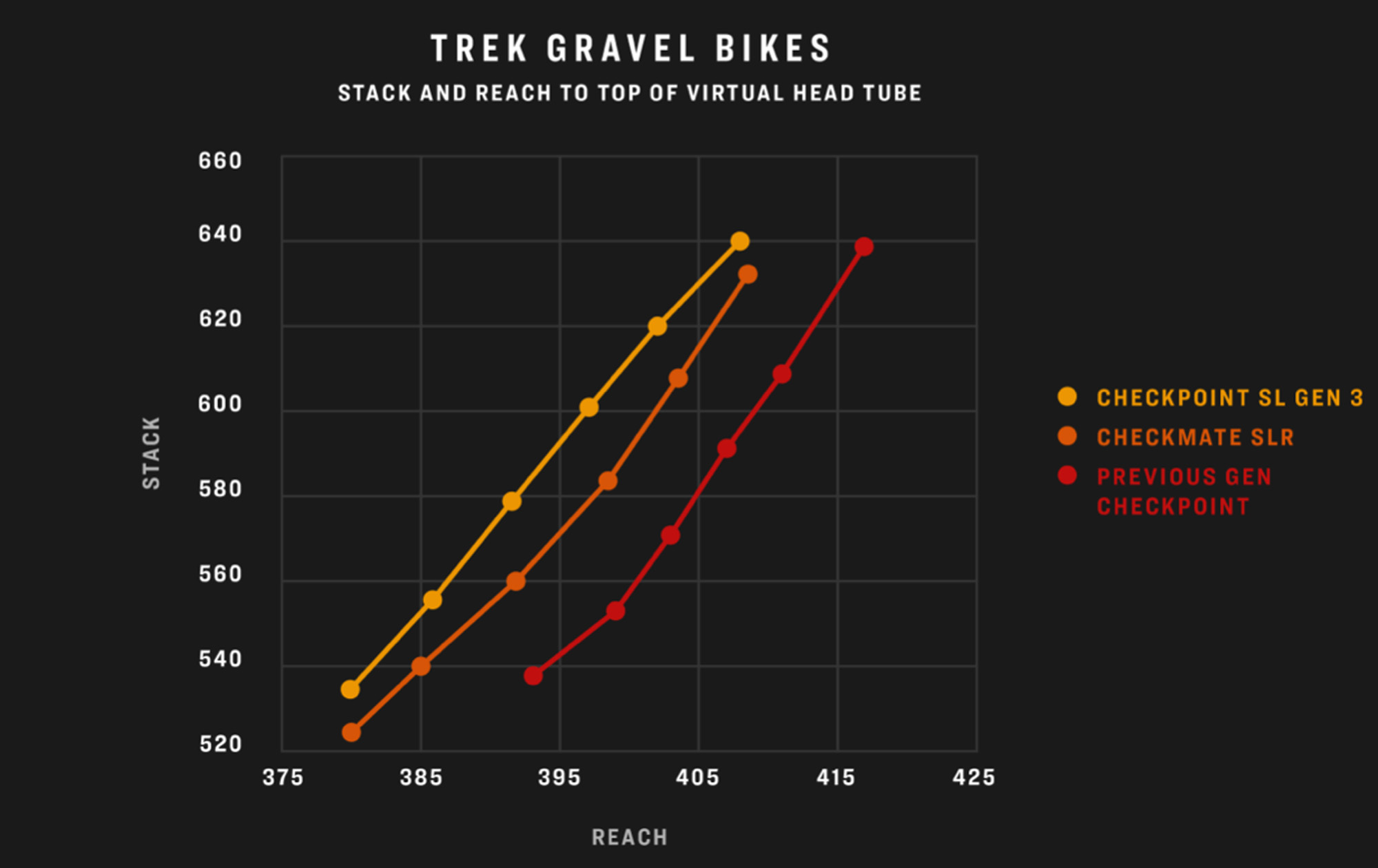
An adventure bike could end up anywhere, and so Trek has given the new Checkpoint up to 50 mm (as measured) tyre clearance, although the bikes are delivered with 42 mm tyres. And the bike is compatible with dropper posts and the fork is suspension-corrected, meaning you can add a gravel suspension fork if you so wish without disrupting the geometry. One word of note, though: front tyre clearance drops to 40 mm when adding in a suspension fork, and Trek also says its smallest XS size is not compatible with suspension forks.
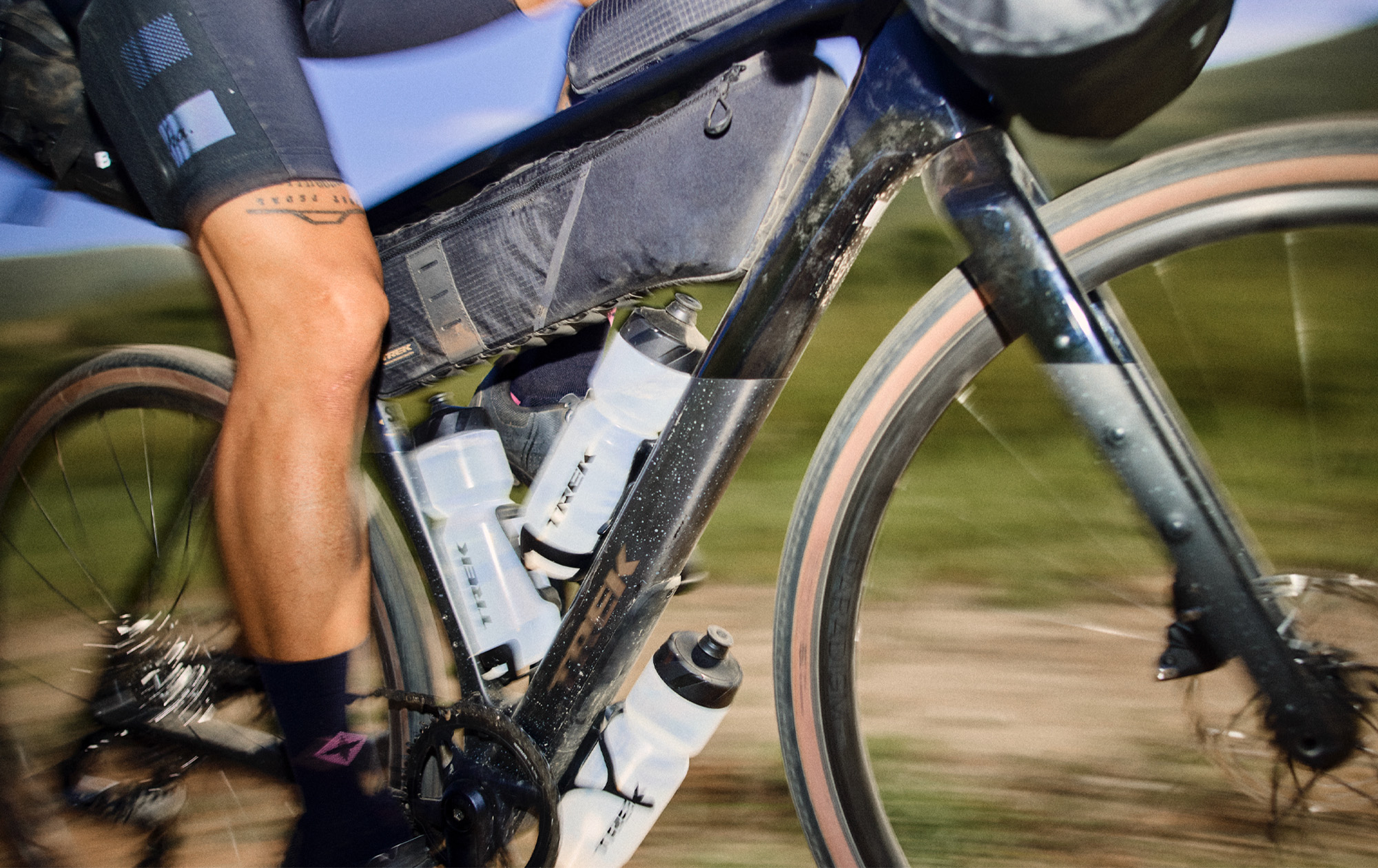
The Checkpoint is available in SL5, SL6, and SL7 builds and is also available in as a frameset-only option. Again, there are six sizes from XS to XL, and various colourways depending on spec level.

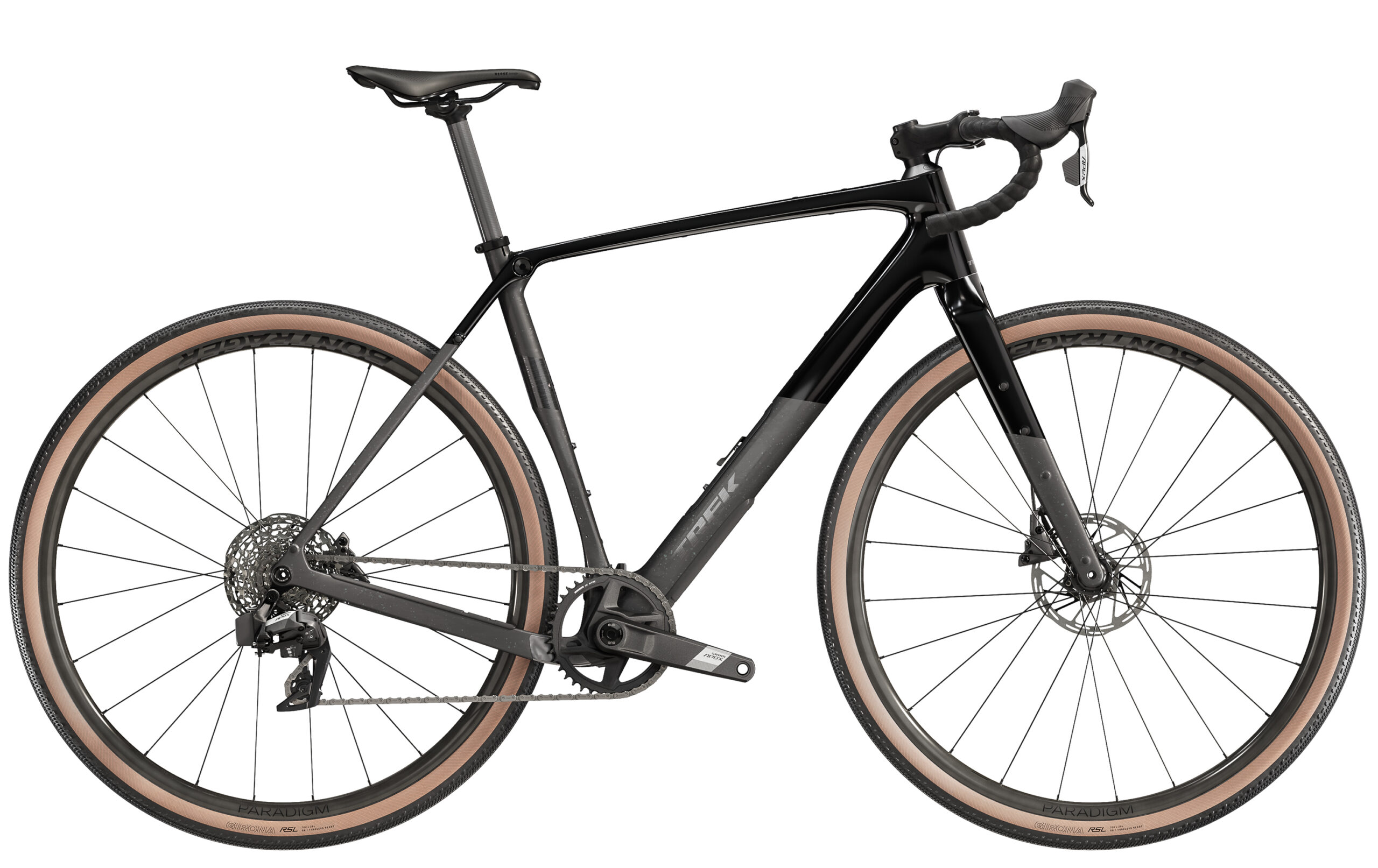
The SL5 with SRAM Apex XPLR AXS has a claimed weight of 9.50 kg / 20.95 lbs and is priced at US$ 3,200 / ~€4,000 (depending on region) / £3,700
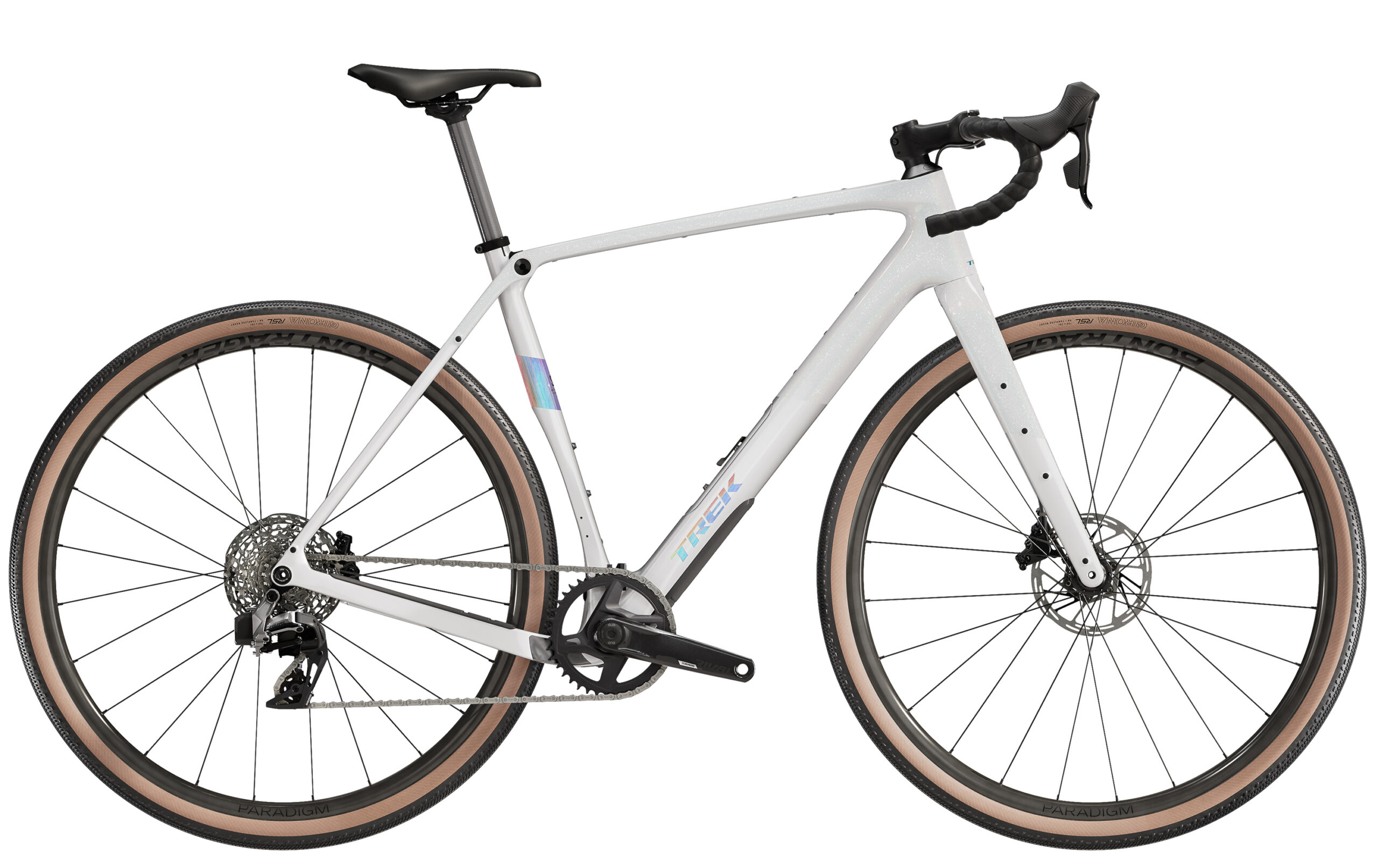
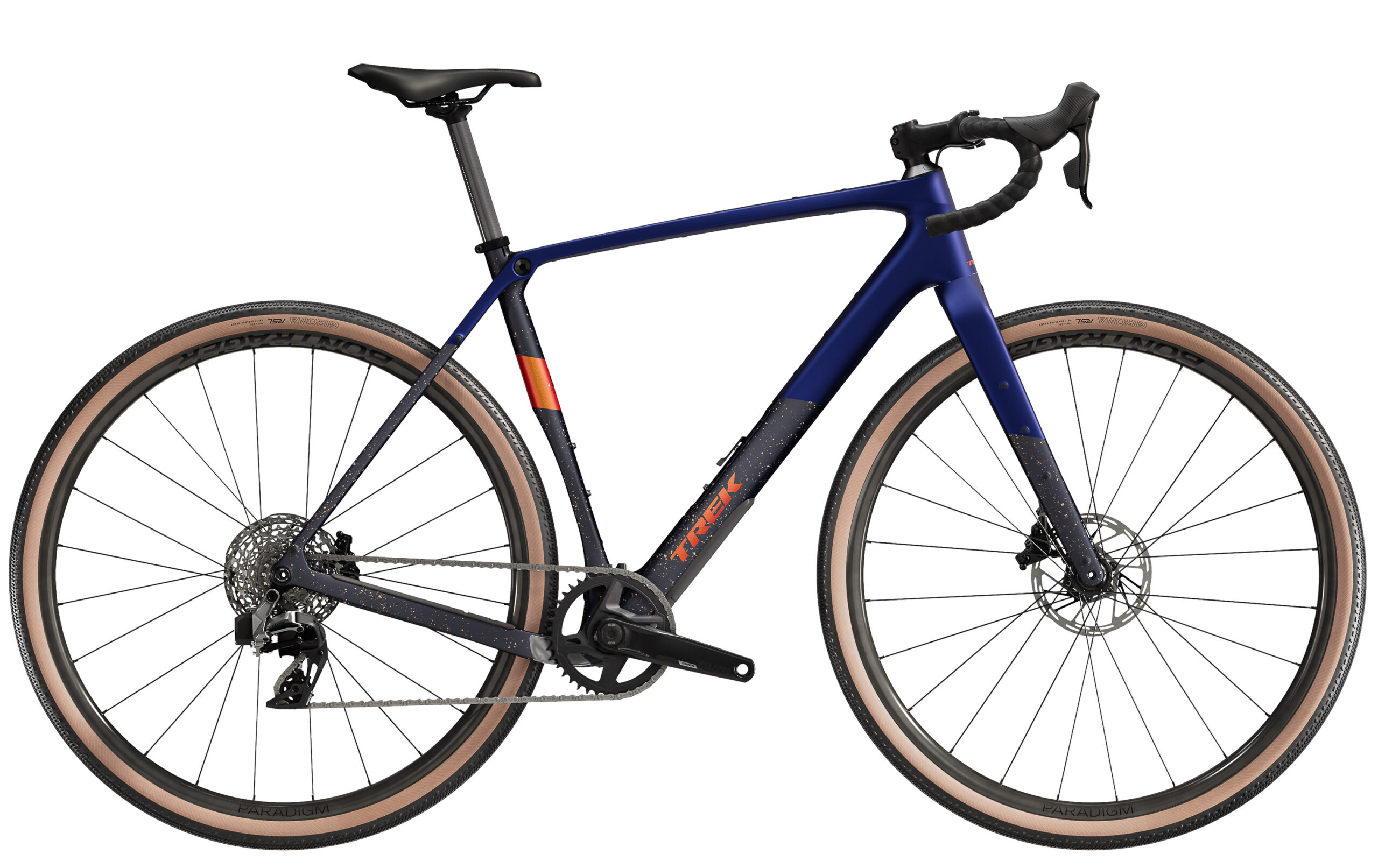
The SL6 features SRAM’s Rival AXS groupset, Bontrager’s Paradigm Comp wheelset, a claimed weight of 9.40 kg / 20.73 lbs and is priced at US$4,000 / ~€4,600 / £4,500.

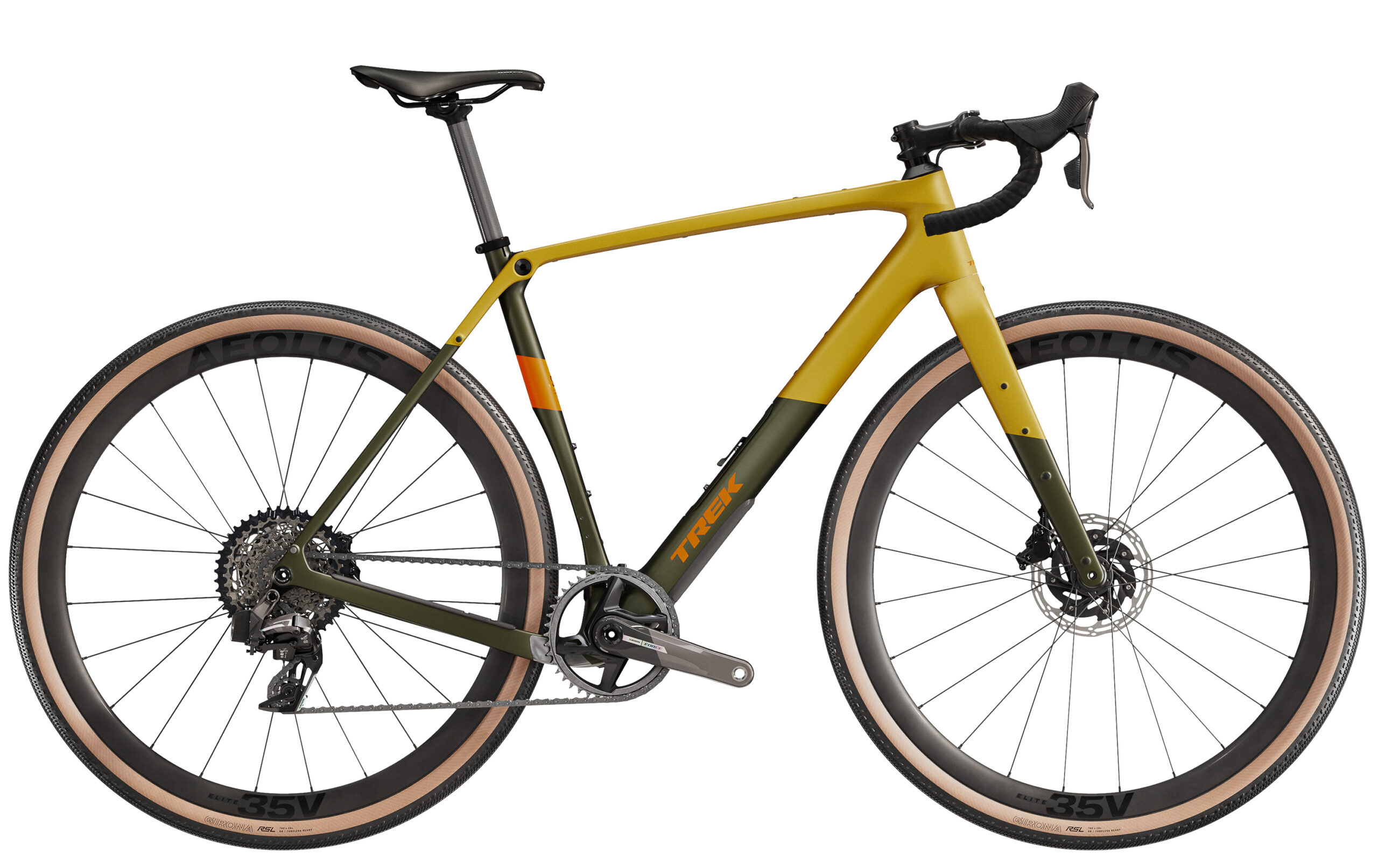
Finally the SL7 build is equipped with SRAM’s Force AXS groupset and Bontrager’s Aeolus Elite 35V carbon wheels, is said to weigh 9.00 kg / 19.85 lbs and costs US5,700 / ~€6,700 / £6,350 at the checkout.
The frameset-only option will set you back US$2,400 / CAD$3,300 and has a claimed weight of 1,385 g – ML (frame-only) and 536 g (fork-only)
Once we have a Checkmate tester in hand we’ll be back for a full look at the new bike.
What did you think of this story?
